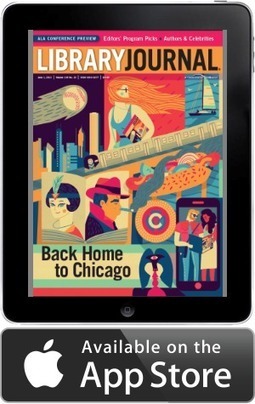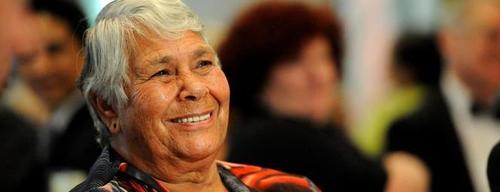A recent post on the scholarly kitchen raised the complex issues of relationships between university presses and libraries. After reading the post you may think that libraries are filled with antebellum ladies who would faint or have to retire to prevent breaking a nail should they have to deal with any matter that involved money or relationships with authors (“Does a library even have to know what a receivable is?”).
In fact, the relationship between university presses and libraries is frequently very collaborative. There are a wide range of models working successfully that can provide some insight into how libraries and presses can work together highly productively. In particular in Australia five of the universities have their publishing press in the library, with a new initiative for three other universities managed by their libraries – University Press of Australia. With over a decade of experience in this area there is much we have found that may be of interest to the scholarly kitchen’s community.
Both libraries and presses are working in the scholarly communication business – yes, really. Libraries are not dusty buildings filled with little used paper artefacts – they are actively involved in the interaction between academics, students and publications – researching reading practices (for example see the outstanding work of Prof Carol Tenopir with a wide range of universities around the globe http://scholar.cci.utk.edu/carol-tenopir/home), analysing use of collections to understand how scholarly artefacts are actually used (OCLC and others have developed collection assessment methodologies and tools)and working on the forefronts and open access supporting repositories and new service models (see the Australian Open Access Support group as an example of collaboration in this area). The digital environment is an area that libraries and presses have developed knowledge and expertise in over the past 20 years – often sharing ideas and research through conferences such as Liber and ALA.
Another area of commonality is working with individual authors and researchers. Libraries increasing offer research skills programs, including increasing the understanding of how to publish, impact measures, altmetrics and data management. Presses are clearly closely involved with authors and potential authors as well. Interactions from libraries and presses occur on a day to day basis with emerging and current authors, seeking interactions that are not on a simply commercial basis. Both parties have a common interest in supporting current and future research and scholarship, a very different situation to the suggested comparison of Microsoft and Federal Express.
Thirdly libraries and presses have a common interest in supporting and exploring open access publishing. While university presses are not uniformly open access nor commercial there are undoubtedly policy and practice changes from the rise of open access. Very rarely are there conferences or discussion where both parties are not represented. The recent National Scholarly Communication Forum in Australia is an example of the benefits from discussions including libraries and presses, as well as editors and authors. Developments that consider issues of copyright, access, storage, business models and metrics benefit significantly from collaboration between libraries and presses.
There are many different models for university presses. Those which involve university libraries have not yet brought the university nor press to catastrophic ends. The University of Michigan is an example where collaboration has occurred, both strategically and structurally , leading to grown of new products and a coordinated approach supporting very innovative developments in scholarly communication. In Australia, the Australian National University, Monash University, University of Adelaide, University of Sydney and University of Technology Sydney have implemented slightly different models, but in all the press is within the library. The models have different publishing mandates and have delivered different innovations. At the Australian National University the press achieves more than 600k downloads of scholarly publications a year, works with the library to understand trends, scholar’s needs and community needs. We both learn from each other. At the University of Stockholm the press is also within the library.
What have we learnt from the years of engagement of libraries and presses? Perhaps the clearest conclusion is that there is not one model for the relationship between a university press and library. Each university will have particular practices and challenges that both entities can contribute to. There are many areas of commonality for presses and libraries that Esposito suggests in his list are exclusively the domain of only one part – copyright, metadata, scholarly communication “supply chains” and digital object management to name a few.
The differences between universities affect the operation of presses and libraries. As an example in a number of universities there is indeed a statutory requirement for publishing theses, in other countries there is not a requirement for publication and theses are in repositories rather than press outputs. This does not change the relationship of the library with the press but is a part of the environment in which both provide services.
Libraries are financial literate, often involved in managing external grants and programs which generate revenue. Libraries and presses are not narrow entities these days. Indeed a recent article suggests that digital publishing is a core competency for the library (http://www.tandfonline.com/doi/full/10.1080/19322909.2013.780519#.UedOmqDuhyw).
There are great opportunities for presses and libraries to work together – the model of having a library within the library structure has led in many cases to very positive outcomes. Decisions on structure are individual to each university and the development of new models should be welcomed. We should consider what we can learn and innovate from. I encourage scholarly kitchen readers to think about the issues with some deeper knowledge and balance.
Filed under: Library Publishing, university press





Recent Comments